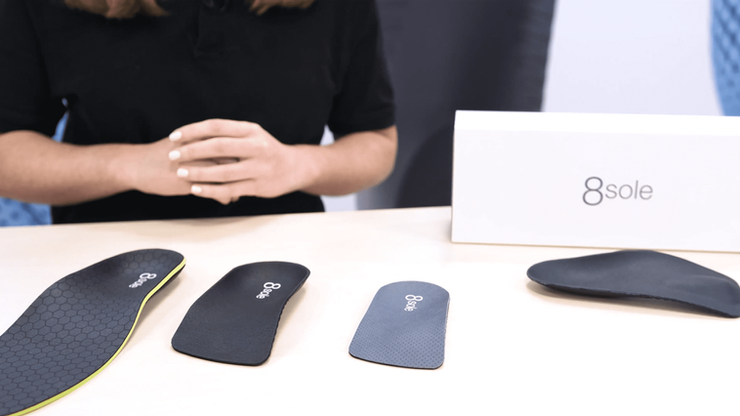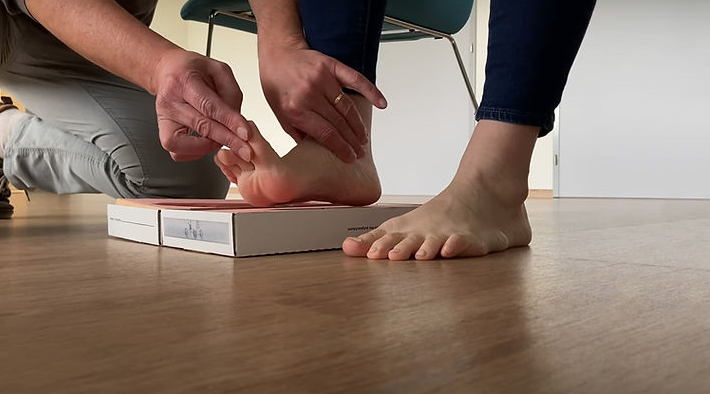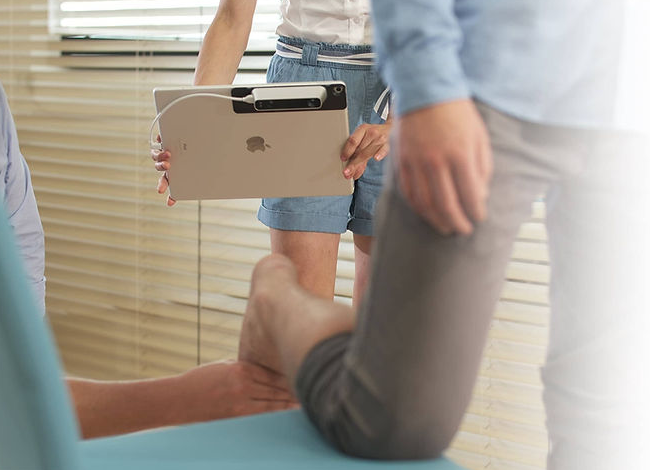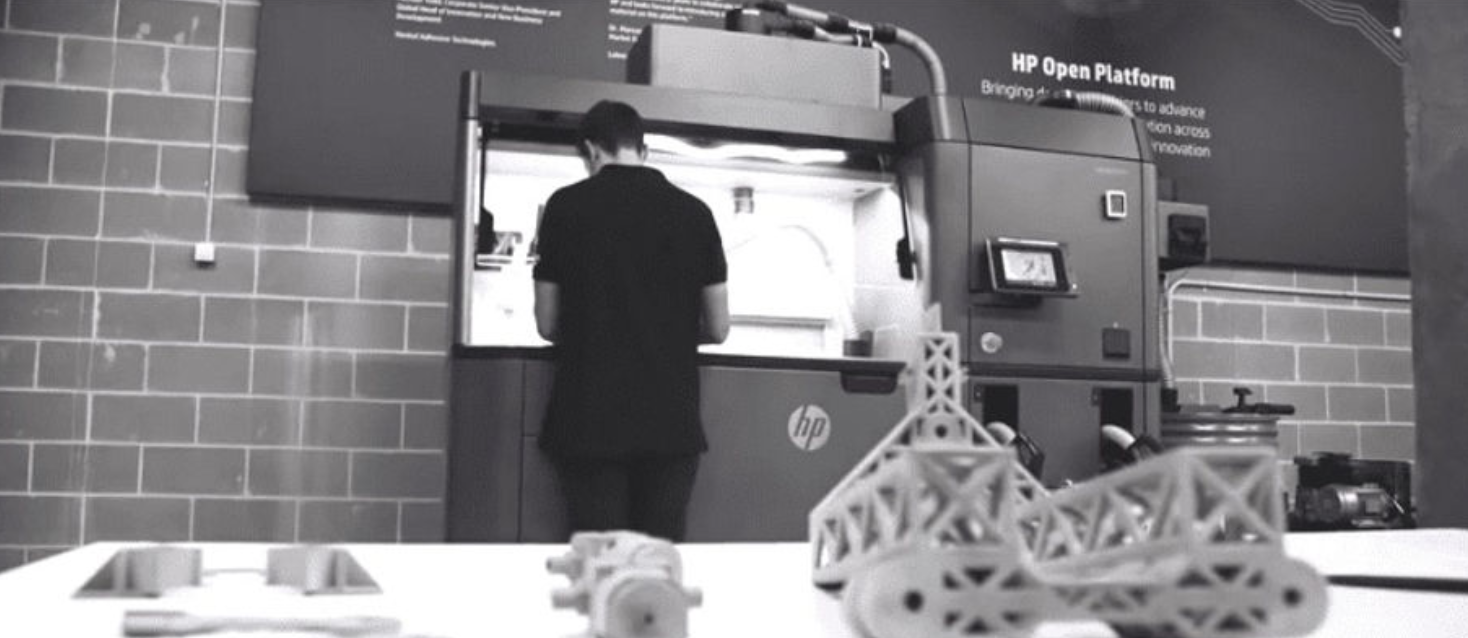How do you make custom insoles?

Foot orthoses are well known to be beneficial in the treatment of many conditions such as plantar fasciitis, Achilles tendonitis, knee pain, shin splints and more. In some instances, you’ll be recommended to have your orthoses custom made.
There are several methods of manufacturing custom insoles/foot orthoses from vacuum forming to 3D printing.

How do we Capture your Foot Shape and Turn that into a Custom Insole?
The three most common ways to capture the foot shape:
- Impression box
- Cast (e.g. plaster of Paris)
- 3D scan
The impression box method involves pressing your foot down into a phenolic foam, creating a negative model. Depending what the clinician is trying to achieve, this is taken either in sitting or standing. The clinician may try and manipulate your foot position which will in turn effect the shaping of the orthosis.

How to get my Foot Scanned for a Foot Insole?
The use of 8sole latest technology makes every foot scan seamless and fast in order to get the best foot insole for you.
3D Ortho Pro with 8sole have approved clinics across the UK who will be able to help you get an 8sole
Casting is carried out non weight bearing and the foot is manipulated by the clinician to a desired position that the orthosis shell will be shaped to. This is also a negative model which will go on to be filled with liquid plaster of Paris to create a positive model, if manufactured using the vacuum forming method.
Scanning is also carried out non weight bearing. In some instances, the clinician will use a sulcus stick or another clinician to manipulate the forefoot alignment. The manipulation can also be done after, for example in the 8Sole app.
How are they made?
Vacuum forming involves heating the chosen insole materials and pressing them over the positive model. As the name suggest a vacuum is created to pressurize and shape the material over the positive foot model.
Custom orthoses can also be made using a milling machine. This is where a block of material is cut out using a milling machine to a pre-determined shape, in this case the foot shape obtained from the image capture.
The negative or positive model is scanned and uploaded onto software that allows the orthosis to be designed around it and the information is then sent to the milling machine to cut out the shape of the orthosis.

There are many ways in which you can 3D print insoles. At 3D Ortho Products we use the HP Multi Jet Fusion technology. The benefits of this technique is the ability to create variable flexibility in the shell, while also reducing weight and maintaining strength. These are also more economical due to the reduced waste in comparison to the other methods and that unused material can be recycled.
The captured foot shape can be from any method. It is then scanned onto software that allows the orthosis shell to be designed. This file is then sent to the printer, much like writing a word document and then pressing print. The orthosis is printed, cooled and dusted off before any covers are added.
What Materials are Used to Make Insoles?
Base materials commonly used to make foot insoles
- EVA
- Plastic
- Nylon (3D printing only)
EVA or ethylene-vinyl acetate is a rubber based material that comes in various densities, typically low medium and high.
Plastic insole shells are commonly made from polypropylene based plastics e.g. copolymer which comes in various thicknesses.
Nylon is used in 3D printing due to its excellent properties of being tough but flexible. 3D printing allows the insole to be different thicknesses at different sections, something that can’t be done with other methods of manufacture.
Orthoses are often finished off with a covering. These can be variable in thickness depending on what they need to do. Usually the cover offers some cushioning/shock absorption and the thickness is will need to be accommodated in the shoe.
Should I have Full, Sulcus or Three Quarter Length Insoles?
This will depend on several factors, mainly what is suggested in the prescription from the clinician. Also trying to make sure the volume of the insole is suitable to fit into the footwear that it will be mainly used in.
How Long will Custom Insoles Last?
Softer base materials, such as EVA, will compress with wear. This is variable depending on the amount of use they have and the weight of the user.
Stiffer materials such as plastic and nylon will last a lot longer as the rate of material compression will be less than with softer materials.
Insole covers are typically softer than the base materials and can be replaced if they wear out. Also it’s always worth considering and discussing with the prescriber how long to continue using orthoses for, they don’t always need to be forever.
3D Ortho Products have 8sole approved clinics across the UK who will be able to help you on your journey.